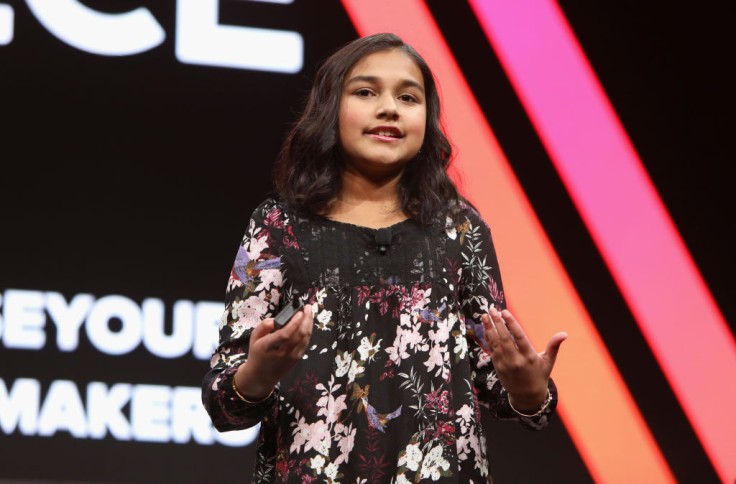
Gitanjali Rao, TIME's 2020 Kid of the Year, revealed the most effective teaching methods throughout her learning journey. She said classes, where they listened to a lecturer and took notes, were the least effective. Rao encourages active learning to boost the learning capabilities of students.
Who is Gitanjali Rao?
Gitanjali became known for her invention that detected lead in water faster than existing techniques. This helped solve the contaminated drinking water problem in some areas.
The 15-year-old is also busy with other pressing issues such as opioid addiction and cyberbullying. Further, the teen is on a mission to solve global problems by creating a community of young innovators worldwide.
In an interview with actress and U.N. special envoy Angelina Jolie for TIME, Rao said, "some students have ideas but know not where to start. If you give them that spark, they can build off from there and come up with ideas that solve problems."
Lectures Can Fool Students into Thinking they are Learning
A study in Proceedings of the National Academy of Sciences revealed that students who engage in active learning could learn more than their peers in lecture-oriented classrooms.
However, in assessments of "feeling of learning" vs. "tests of learning," it revealed that active learning students felt they learned less than their lecture-taught peers, Inside Highered reported. Their higher scores on learning tests counteracted this feeling.
Teen Genius Shares Effective Ways to Teach Students
Rao was also featured in the 10 Minute Teacher Podcast. In the interview, she shared the top ways she learned from her teachers:
Spend 1-on-1 Time with your Students
Rao stressed the importance of making relationships with each of your students. She says that the extra few minutes she gets with her teachers motivate her to work on her ideas until completion.
Heather Stinnett, a lead advisor for Khan Lab School in California, revealed how spending one-on-one time with her students made her a better teacher. She wrote on Edsurge how she worked independently with students after lessons, when grading papers, after dismissal, and during bell-ringer time in the mornings.
Stinnett revealed such efforts resulted in better grades, improved behavior, and increased happiness in the classroom. "I felt more connected to my students, and they felt more connected to me." She also said she was able to help students connect too. Her students eventually started helping each other out, and she could better create projects that reflected her students' desired learning experiences.
Help Kids Pursue Passions
Once the teacher and student brainstorm what the kid is passionate about, teachers can become great motivators. The teen genius listed her chemistry, computer science, and engineering teachers as the top people who helped her bring fruition to her invention in a shorter timeframe.
Hands-On Learning is Best
America's Top Young Scientist of 2017 said she learned most through hands-on activities, Cool Cat Teacher reported. While she knows kids have different learning styles, she says hands-on learning proves to be beneficial for teaching students.
Hands-on learning can be challenging to do during the COVID-19 pandemic. But, educators are leveraging virtual reality and other software that allows remote hands-on learning.
Bring Out the Fun in Learning
Rao says she learns well with activities that feel like playing. Please encourage students to think, tell their thoughts to test their learning. Incorporate games into your lessons. Through play, learners can discover their interests as well as learn about their abilities and limitations.